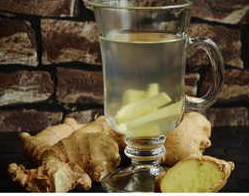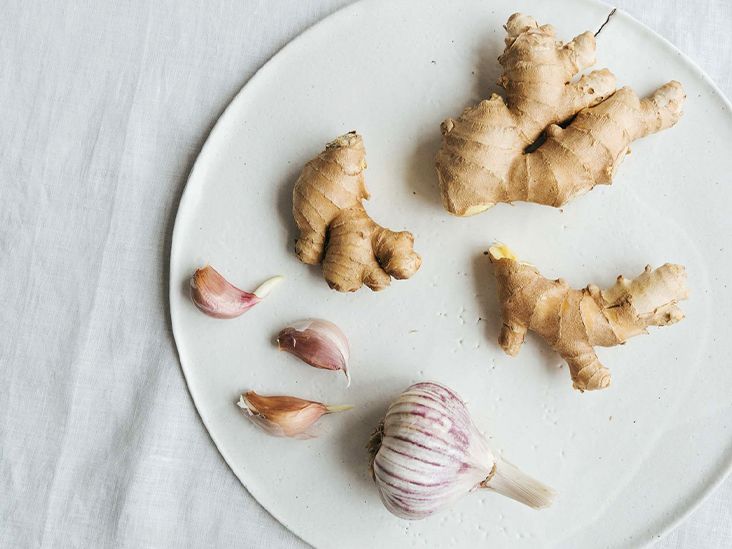
It’s nature’s way to stay healthy nowadays, to consume garlic and ginger. I recommend using these two staples in your daily diet.
Ginger is considered a natural blood thinner because it prevents blood clots. However, it helps lower blood cholesterol levels and prevents cardiovascular diseases. Garlic can be used to reduce low-density lipoprotein cholesterol and aortic plaque depositions that form on the walls of the veins.
We can eat garlic and ginger at the same time. In fact, they are often used together in cooking in many cultures, including Chinese and Indian cuisine. Garlic and ginger both have strong flavors and are believed to have many health benefits, including anti-inflammatory and immune-boosting
Fresh ginger is the fiery root that keeps on giving. Packed with antioxidants and anti-inflammatory compounds, this versatile ingredient is more than just a kitchen staple, it's a wellness powerhouse. Ginger may help with digestion, combat nausea, and even give your immune system a spicy little boost. And, of course, it's super tasty!
There are a myriad of ways to use fresh ginger, one of which is to transform it into ginger jam. This zesty preserve captures the spicy warmth of the ginger and elevates everything it touches. To make ginger jam, start with about a cup of peeled and finely grated fresh ginger. (Pro tip: use the back of a spoon for the easy way to peel ginger without wasting any of that golden goodness.) Combine it with sugar, water, and a splash of lemon juice in a saucepan. If you can find it, it's also smart to add a bit of powdered pectin, which is a common jelly ingredient that helps thicken it and give it that gelatinous texture. Simmer until it thickens into a glossy, aromatic jam that's equal parts tangy and sweet. Skim any foam off the top as it cooks.
Garlic is an edible bulb that comes from the Allium sativum plant. It's a member of the lily family and is related to onions, leeks, and chives.
- Flavoring Garlic can be eaten fresh, added to powder, or used as an oil to flavor food. It has a strong, pungent flavor when raw, but becomes sweeter and more buttery when cooked. Garlic supplements can be made from fresh, dried, aged, or garlic oil. They're often promoted for conditions related to the heart and blood vessels.
- Topical application Garlic can be applied to the skin.
- Food protection Fresh garlic has antibacterial properties that can kill bacteria that cause food poisoning.
- Blood pressure Garlic may help lower blood pressure by relaxing blood vessels and limiting the production of angiotensin II, a hormone that increases blood pressure.
- Heart health Garlic may help protect against heart disease by reducing oxidative stress and inhibiting platelet aggregation.
- Bone health Garlic may help improve calcium absorption, which can be useful for treating conditions like osteoporosis.
